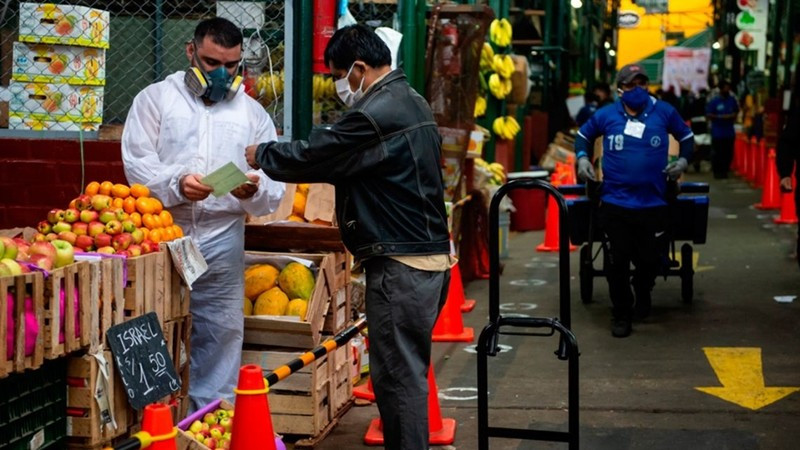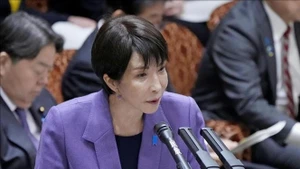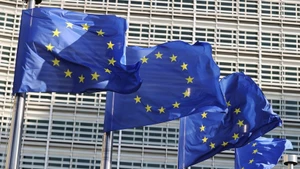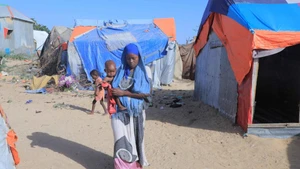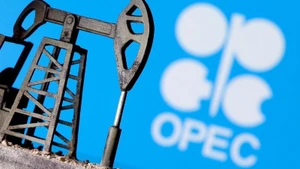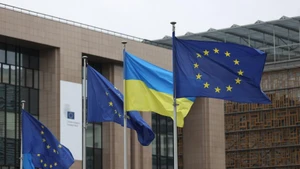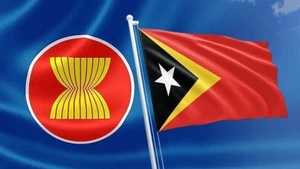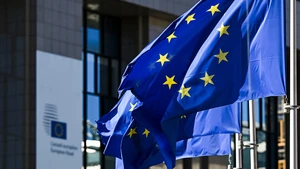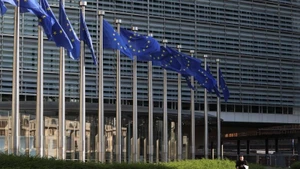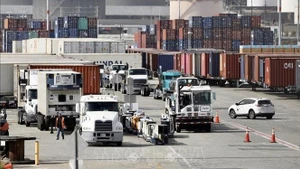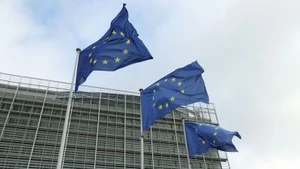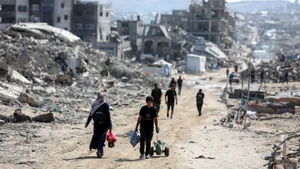FDI flow into Latin America and the Caribbean reached a record 224.579 billion USD in 2022. Since 2013, FDI had never exceeded 200 billion USD. Brazil is considered a "magnet" to attract foreign investors, accounting for 41% of total investment in the region and ranked 5th in the list of global FDI destinations, followed by Mexico (17%), Chile (9%), Colombia (8%), and Argentina (7%).
More than half of the FDI flow into Latin America was concentrated in the service sector, although both manufacturing and natural resource extraction also recovered. Executive Secretary of the Economic Commission for Latin America and the Caribbean Jose Manuel Salazar-Xirinachs said the region's task is not only to attract and retain investors, but also to maximize the contributions of FDI in socio-economic development. Countries should pay attention to policies related to production promotion, human resources training, strengthening infrastructure and logistics and improving local capacity.
One of the most important factors leading to the spectacular increase in foreign investment in Latin America and the Caribbean are the efforts to promote cooperation and close connection with partners over the past years. With a bilateral trade turnover of about 300 billion EUR in 2022, the EU is currently the largest foreign investor and the third largest trading partner of Latin America and the Caribbean. The summit between the European Union (EU) and the Community of Latin American and Caribbean States (CELAC), which will take place on July 17-19, is expected to open up new and comprehensive cooperation opportunities in the field of climate change adaptation, food security and renewable energy.
Last month, European Commission (EC) President Ursula von der Leyen also visited Latin American countries. At the first stop, Brazil, Ursula von der Leyen affirmed that the EU is the main investor in the region with expected investment of up to 10 billion EUR by 2027 for sustainable development projects.
Latin American countries have also focused on enhancing their traditional relationship with Russia. In April 2023, Russian Foreign Minister Sergei Lavrov visited four countries in the region including Brazil, Venezuela, Nicaragua and Cuba. The busy schedule of the Russian diplomat showed the special attraction of this region to Moscow, and the determination to increase cooperation in the context of Russia facing difficulties from Western sanctions. Iran and India have also expanded their footprints to Latin America with many working trips and cooperation commitments.
Although investment into Latin America has increased rapidly, experts say that to remain attractive to foreign investors, there are still many issues that this region must focus on solving. The World Bank (WB) forecasts economic growth in Latin America and the Caribbean at 1.4% in 2023.
According to the WB, although economies in the region have so far basically recovered to pre-COVID-19 levels, growth will remain low in the coming years, and the region will still face difficulties in the fight against poverty and alleviating social tensions.
According to economic research agency Moody's Analytics, Latin America could lose up to 16% of its Gross Domestic Product (GDP) by the end of this century due to extreme weather patterns.
The consequences of the COVID-19 pandemic, the conflict in Ukraine and severe climate change have affected the economic recovery and development of all countries, including Latin America. The fact that this region and its partners can strengthen connectivity and come together to seek new cooperation opportunities will bring benefits to all parties and create the motivation to overcome challenges together.
